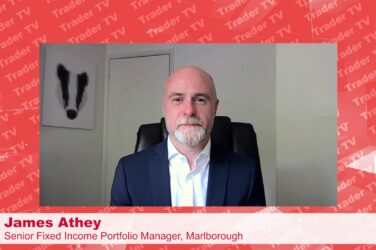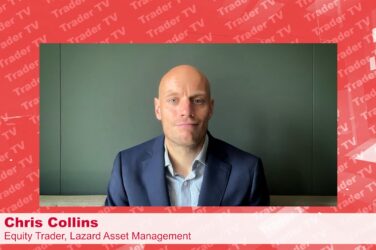
Long known as trading venues for all comers, exchanges are increasingly dabbling in segmenting their clients.
NYSE Euronext on Aug. 1 started a one-year pilot program that gives a small price break to retail orders. Importantly, the U.S. Securities and Exchange Commission green-lighted the pilot, which opens the door for Nasdaq, Bats Global Markets and Direct Edge to offer similar programs and more broadly, for exchanges to possibly move away from their historical role of handling all trades the same way under the premise of fair and open access.
Speaking at a Baruch College securities-market conference on Oct. 9, NYSE Euronext Executive Vice President and Head of U.S. Equities Joe Mecane said segmenting clients entails “unconsolidating” order flow that exchanges have long consolidated.
The shift by exchanges represents a competitive thrust against alternative trading systems, which are less regulated and typically can pick and choose which market participants to accept order flow from, and offer different pricing and functionality. A more customized trading venue can make for closer matches and better execution. “Segmentation is core to our offering,” said Kevin Callahan, chief executive at Ax Trading Network.
“People want to interact and trade with better-quality order flow,” Mecane said. Yet, offering high-quality order flow can be a challenge for exchanges, who are mandated to provide fair and open access. Mecane said exchanges are “last on the food chain” when it comes to order flow, and as a result can “end up with exhaust.”
Bats’ proposed retail price-improvement program will “provide potentially a better retail experience on our exchange,” said Joe Ratterman, Bats’ chief executive.
The competition between exchanges and alternative trading systems has not been a fair one, Ratterman said. “We have operated on a fair-access basis yet competed with firms without the same standard,” he said, noting that many off-exchange trading venues use displayed exchange prices without contributing to the price-discovery process.
Rather than lower the standards of an exchange to make a more fair fight, Ratterman suggested that a better regulatory response would be to raise the standards of non-exchange trading venues.
Bids Trading Chief Executive Tim Mahoney said regulators should consider trading venues to be in multiple tiers, rather than the current binary categorization of either exchange or ATS.






